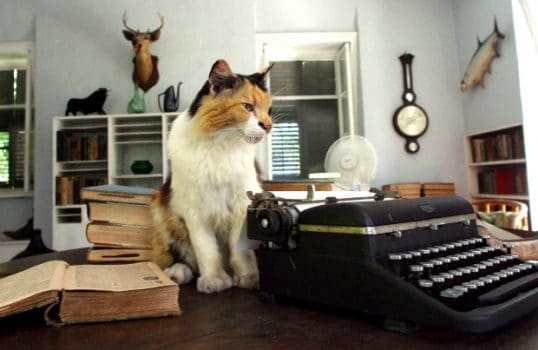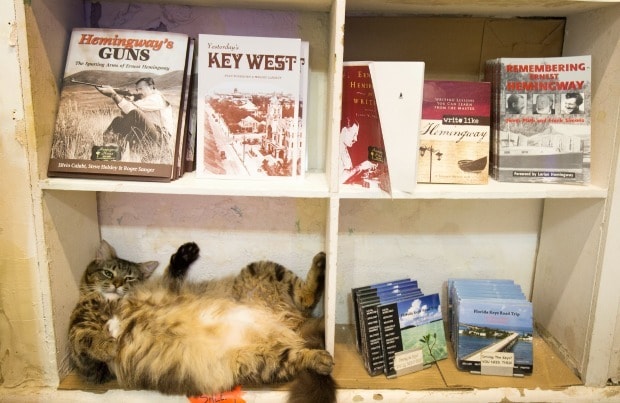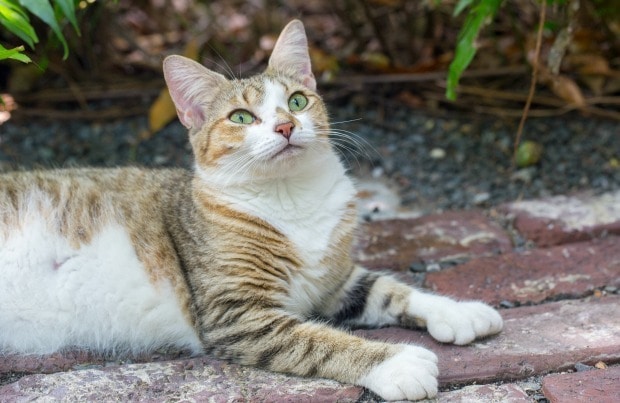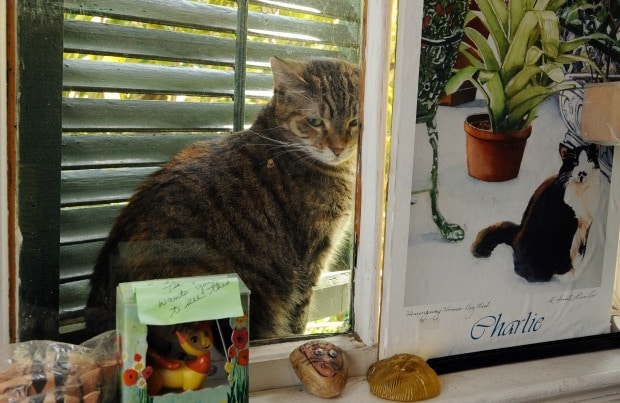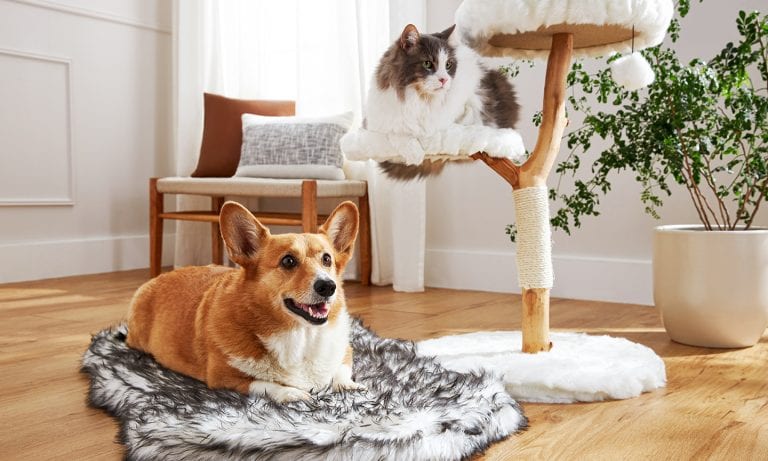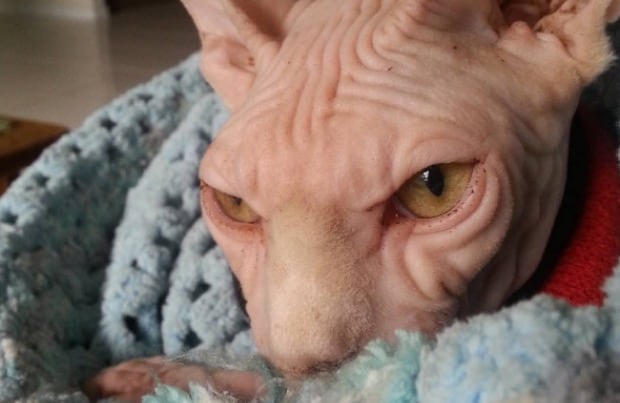Ernest Hemingway always appreciated a good story. The legend of the seafaring “gypsy cats” was no exception.
In the bars and boat docks near his Key West home, Hemingway heard tales of six-toed cats with magical powers. Superstitious ship captains brought them onboard for good luck and safe passages. Less superstitious captains brought them along to catch the rats.
It’s unclear which category Captain Stanley Dexter fell into, but when he heard the author was interested in the feline gypsies, Dexter gave the famous author one of his own. Hemingway’s sons Patrick and Gregory named the kitten after a famous movie star of the time—Snow White.
And from Snow White came the rest of the clan, litter after litter of gypsy cats. Hemingway was rumored to have as many as 150 cats between his homes in Key West and Cuba.
Today you’ll find 56 cats—most believed to be Snow White’s descendants—at the Ernest Hemingway Home and Museum on Key West’s Whitehead Street, just a few blocks from the southernmost tip of the continental USA.
The polydactyl cats have full run of the author’s famed residence. About half of the cats have six toes, but all carry the polydactyl gene, meaning the “normal” cats can still produce six-toed kittens.
Hemingway named all of his pets after famous people, a tradition that’s still followed today. The Hemingway Home’s app lists each cat’s name, birthday, and favorite spot to hang out. If you’re looking for Gertrude Stein, you’ll likely find the Tortoiseshell on the walkway near the staff housing.
The polydactyl-ness, while adorable, is a deformity, says Dave Gonzales, Hemingway Home’s curator and media director.
“It’s a recessive gene that does what it wants, when it wants,” he says.
Some cats at the home have six toes on one paw; some even have seven. The trait is non-discriminatory. At the Hemingway Home you’ll see six-toed Calicos, Tabbies and Tuxedo cats. Males and females. Big kitties and small.
To keep Snow White’s legacy alive, the staff allows one kitten to produce a litter each year. After that the rest of the animals are spayed or neutered.
The cats receive regular treatment at the museum from a local veterinarian. The first of the month means flea and heartworm treatments. Vaccines are administered annually. The cats have health insurance, complete with a dental plan.
Some make it to age 22 thanks to the quality of care they receive, says Gonzales.
“Our cats see a vet more in a year than most people’s cats do in a lifetime,” he says.
The housekeeping staff members are the kitties’ primary caretakers. They dish out nearly two tons of dry cat food each year (the older cats with bad teeth get canned food, much to their jealous companions’ chagrin). The six-toed felines are fed daily at 8 a.m. and 4 p.m. at various food and water stations throughout the home. There’s even a special cemetery just for the cats.
Today, the cats that cross over the rainbow bridge are cremated—one of the last bodies buried in the cemetery belonged to Marilyn Monroe.
“As I buried her I sang ‘Candle in the Wind’,” says Gonzales.
A sign at the front gate asks museum visitors not to pick up the cats. “You may pet them, you may talk to them, you may ask them for consultation,” Gonzales says. “But you can’t pick them up.”
In addition to fans of Hemingway’s books and storytelling, there are visitors who come for the architecture (the home has the only basement in the Florida Keys), for the lush subtropical gardens, for the history, and then there are those who just come for a little bit of time with the cute, multi-toed kitties.
“Maybe 30 percent of customers say ‘I’m just here for the cats’,” says Gonzales.
Helen Anne Travis is a freelance writer based in Tampa, FL. She also writes for CNN, The Guardian and The Globe and Mail.
Share:
